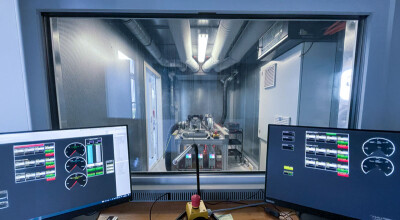News about the Department of the Interior (DOI) grounding it’s fleet of drones made headlines late last year, but the language used by the DOI positioned it as more of a review than a suspension. That leeway has been removed now that the U.S. Secretary of the Interior David Bernhardt has signed Secretary's Order 3379. It officially orders the cessation of non-emergency unmanned aircraft systems fleet operations.
During a press briefing to announce this news, a senior DOI official referred to it as “taking a pause” with their drone fleet. You can read the full statement on the DOI’s site, but the most important line is below:
After an ongoing review of Interior’s drone program, Secretary Bernhardt issued a Secretary’s Order today, affirming the temporary cessation of non-emergency drones while we ensure that cybersecurity, technology and domestic production concerns are adequately addressed.
The statement also confirms that drones will be able to be used in emergency situations, although that will require the department to go through their own waiver process. Those situations are defined as fighting wildfires, search and rescue and dealing with natural disasters that may threaten life or property.
It’s an unfortunate development for multiple reasons, especially in light of how the DOI itself has measured the success of a drone program that was built with zero acquisition and maintenance costs. Mark Bathrick, Director of Aviation Services at the DOI, has previously talked about how both privacy and security were among the key competencies that the DOI considered when creating their program, but such considerations were evidently not enough to counter concerns that companies like DJI worked to specifically address with the DOI. It's a setback that compelled DJI to express their disappointment in a decision that the company believes has nothing to do with security.
How long this review will take and what exactly it will look like hasn’t been defined, but it’s clear that getting the DOI’s drone fleet back into the air for routine operations is going to take some time. That the DOI is permitting drones to be used in emergency situations underscores how much of a difference they know the technology can make though. While such bottom-line differences shouldn’t take priority over safety or security concerns, this development is about much more than drone technology.
As disappointing as it is to see this news, many public safety departments are moving forward with the adoption and expansion of drone programs, which others are working to showcase how the technology is literally saving lives. Here’s hoping such developments will ultimately be more of a deciding factor for organizations like the DOI in terms of how they both start and maintain their drone programs.















Comments